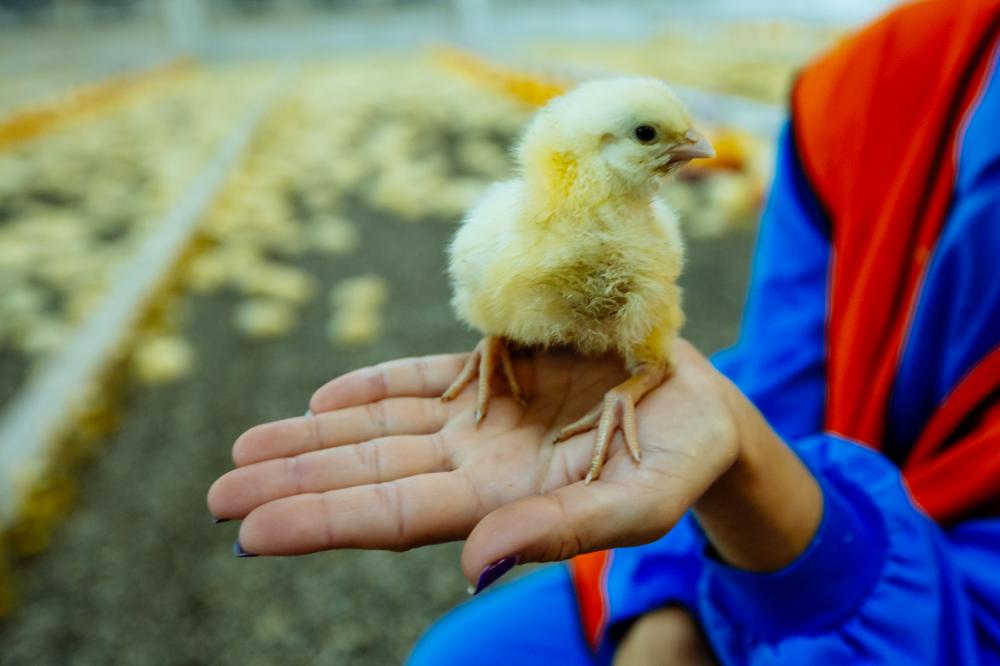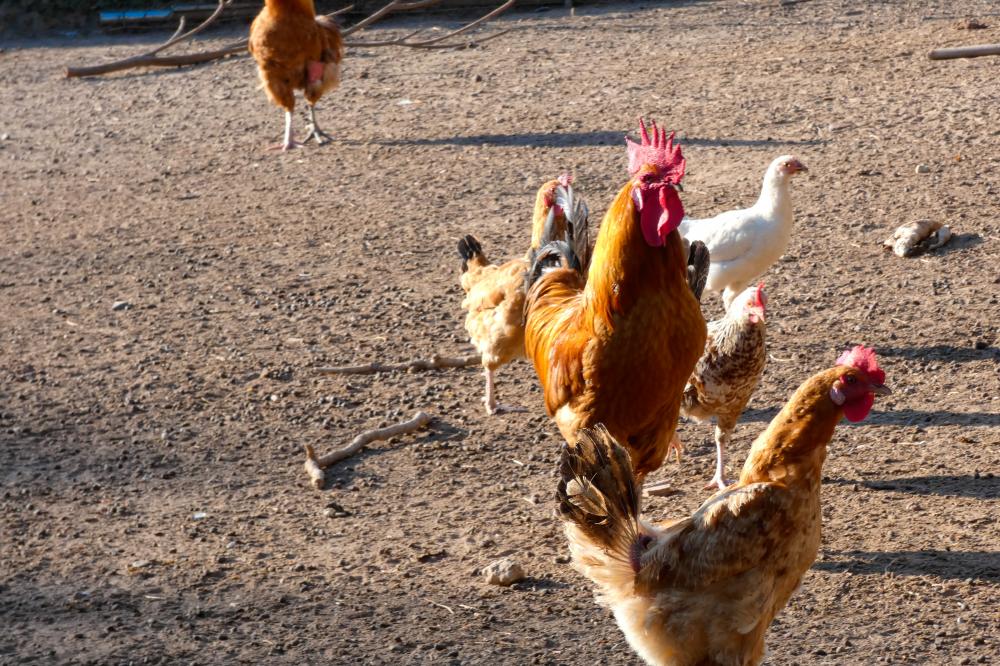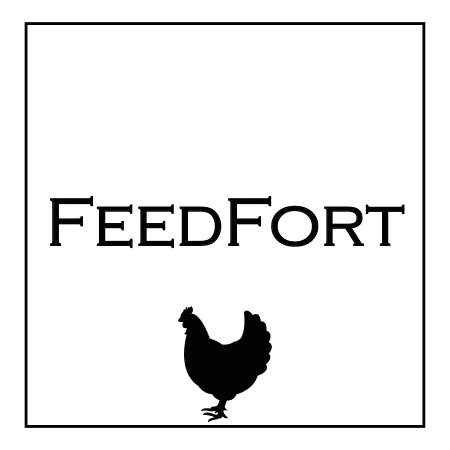DIY Automatic Chicken Feeder

Why DIY Automatic Chicken Feeder?
Embarking on a DIY project, specifically crafting a DIY Automatic Chicken Feeder, engages not just the creative and mechanical skills of chicken owners but also instills a profound sense of accomplishment. The joy of watching your feathered friends benefit from a contraption you built with your own hands is unparalleled. At FeedFort, we recognize the importance of keeping chicken feed secure from pests while ensuring your chickens have consistent access to their feed. This is where the DIY Automatic Chicken Feeder shines, merging practicality with the satisfaction of DIY undertakings.
Creating a DIY Automatic Chicken Feeder offers a plethora of benefits, from cost savings to a tailored feeding solution that meets the unique needs of your flock. The customization aspect cannot be overstated; when you’re in charge of the build, you can adjust the dimensions, materials, and even the feeding mechanism to suit the specific diet and feeding schedule of your chickens.
Materials Needed for a DIY Automatic Chicken Feeder
Commencing on the journey to construct a DIY Automatic Chicken Feeder involves gathering the appropriate materials. The selection of materials is pivotal, influencing the durability, functionality, and ease of use of the feeder. For starters, utilizing durable American-made 5052 Aluminum, similar to the construction of FeedFort feeders, could elevate the robustness and longevity of your feeder.
- High-quality plywood or 5052 Aluminum sheets
- Screws and brackets for assembly
- Tools: saw, drill, screwdriver
- Protective coating for weatherproofing (if using wood)
- Photocell for automatic opening and closing (optional)
Step-by-Step Building Process
The building process of a DIY Automatic Chicken Feeder can be both enjoyable and challenging. Start by drafting a design that accommodates approximately 70lbs of feed, similar to the Zero Waste Bulk Chicken Feeder by DIYTyler. This capacity ensures that your chickens have access to food for weeks, reducing the need for daily refills.
Step One: Design and Measurements
Begin with detailed sketches of your feeder, including dimensions and materials. Planning is crucial to anticipate the needs of your chickens and the space available.
Step Two: Cutting and Assembling
Cut your chosen materials to size, based on your design. Assemble the pieces using screws and brackets, ensuring the structure is sturdy and secure.
Step Three: Installing the Feeding Mechanism
Integrate a feeding system that allows for automatic dispensing. This could involve a gravity-fed design or an innovative photocell technology that opens and closes the feeder based on daylight, similar to FeedFort’s approach.
Innovative Features to Consider
While the basics of a DIY Automatic Chicken Feeder are straightforward, incorporating innovative features can greatly enhance its functionality. Consider adding a slow descent feature to minimize feed spillage, a common issue that leads to waste and attracts pests. Additionally, a secure lid or covering mechanism can be implemented to protect against weather conditions and further deter rodents and other unwanted guests.
Maintenance Tips
Maintaining your DIY Automatic Chicken Feeder is essential for its longevity and the health of your chickens. Regular checks for wear and tear, especially in moving parts, are crucial. Cleaning the feeder routinely to prevent mold and feed spoilage will ensure your chickens are receiving fresh feed. If you’ve incorporated electronic components, such as a photocell, regular inspections will help maintain its functionality and prevent failures.
Common Challenges and Solutions
Every DIY project comes with its set of challenges, and building an automatic chicken feeder is no exception. One of the primary concerns is designing a system that keeps out pests while still being easily accessible to your chickens. Integrating a mechanism that only opens in the presence of chickens, such as a treadle feeder design, can offer a solution. Additionally, ensuring the feeder is waterproof and weather-resistant can pose a challenge, particularly for wood-based designs. Applying a durable, weatherproof coating or opting for weather-resistant materials like aluminum can mitigate these issues.
Personal Insights
In my experience, building a DIY Automatic Chicken Feeder was not just about solving a practical problem; it was a journey of creativity, problem-solving, and ultimately, a deep sense of satisfaction. Watching the chickens adapt to and use the feeder was incredibly rewarding. It’s a testament to the power of innovation and DIY spirit. Through trial and error, I discovered that simplicity in design often leads to the best functionality. A feeder doesn’t have to be complex to be effective; it needs to be reliable, easy to use, and safe for the chickens.
Embracing the DIY Spirit
Embarking on the project of building a DIY Automatic Chicken Feeder can be a rewarding endeavor that combines the joys of DIY with the practical needs of keeping chickens. With the right materials, a solid plan, and a bit of creativity, anyone can create a feeder that not only serves its purpose but also stands as a testament to the innovative and resourceful spirit of chicken owners. Whether you’re a seasoned DIYer or a novice looking to tackle your first project, the journey to creating your own automatic chicken feeder can be a fulfilling experience that benefits both you and your feathered friends.

Why Choose DIY for an Automatic Chicken Feeder?
At FeedFort, we believe in the power of DIY because it allows for complete customization to suit the unique needs of your flock. This approach not only empowers you with a sense of accomplishment but also ensures that you can tailor the feeder’s size, materials, and functionality to match perfectly with your chickens’ diet and feeding schedule. Imagine the satisfaction of watching your feathered friends thrive because of a solution you crafted specifically for them. Plus, the cost savings and the joy of engaging in a creative and productive project are immense benefits. But remember, success in DIY projects such as building an automatic chicken feeder requires a blend of creativity, precise planning, and the right materials.
Why Is the Choice of Material Significant for Your DIY Automatic Chicken Feeder?
Choosing the right material for your DIY automatic chicken feeder is crucial for several reasons. Durable materials like the American-made 5052 Aluminum we use in FeedFort feeders ensure longevity, reliability, and protection against pests and the elements. For those preferring wood, remember, it requires a protective coating for weatherproofing, which is an additional step, but it offers a different aesthetic. Your choice of material affects the durability, functionality, ease of use, and even the health of your chickens. It’s a balance between practicality, your budget, and the environment in which the feeder will operate. For instance, while aluminum might offer longer durability and less maintenance, wood provides a natural look and might be more accessible for some.
How Do You Address Common Challenges in Building a DIY Automatic Chicken Feeder?
Common challenges, such as keeping pests out while making the feeder accessible to chickens, waterproofing, and ensuring durability, are significant considerations. In my experience, focusing on simplicity and reliability above all else offers the best outcome. For instance, incorporating a treadle mechanism that opens when a chicken steps on it can effectively keep pests away. Waterproofing and weatherproofing are also critical, especially for wooden feeders, which might involve applying a durable, weather-resistant coating. It’s about anticipating these challenges and addressing them in your design plan. The aim is to create a feeder that’s easy for the chickens to use, resistant to pests, and durable against weather conditions, ensuring it serves your flock well for years to come.
What Are Your Top Tips for Maintaining and Caring for a DIY Automatic Chicken Feeder?
Maintenance is key to ensuring the longevity of your automatic chicken feeder and the health of your flock. Regularly check for wear and tear, especially on moving parts and areas exposed to the elements. Clean the feeder thoroughly to prevent mold, spoilage, and disease, keeping the feed fresh and appetizing for your chickens. If you’ve incorporated a photocell or other electronic components, ensure they’re functioning correctly to prevent malfunctions. Remember, a well-maintained feeder is not just about durability; it’s also about providing a consistent and reliable feeding solution for your chickens. Regular inspections and cleanings help maintain optimal function and hygiene.
Resources
- Food Safety and Inspection Service – The Food Safety and Inspection Service (FSIS) ensures that the nation’s commercial supply of poultry is safe, wholesome, and correctly labeled and packaged.
- Purdue Extension – Purdue Extension provides research-based information on poultry farming, including tips on feed management and equipment.
- NC State Extension – NC State Extension offers resources on poultry health, nutrition, and housing to help poultry owners care for their flock.
- Centers for Disease Control and Prevention – The CDC provides guidance on safe handling and preparation of poultry to prevent foodborne illnesses.

